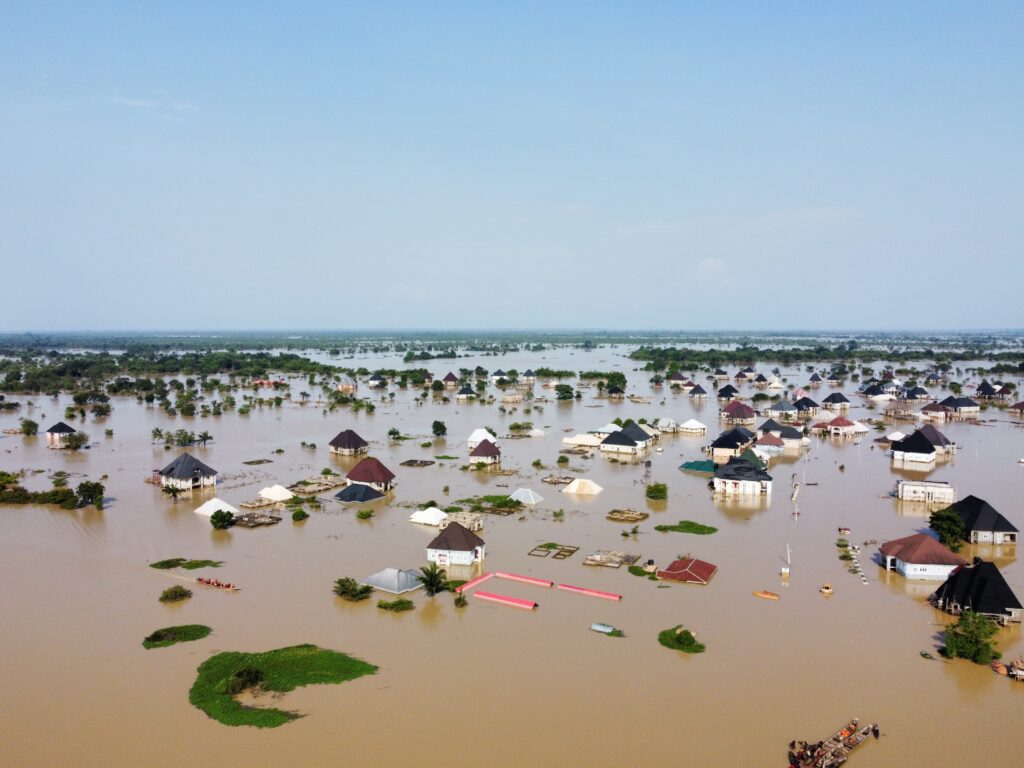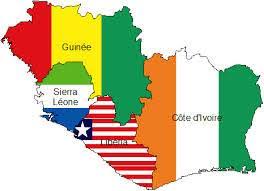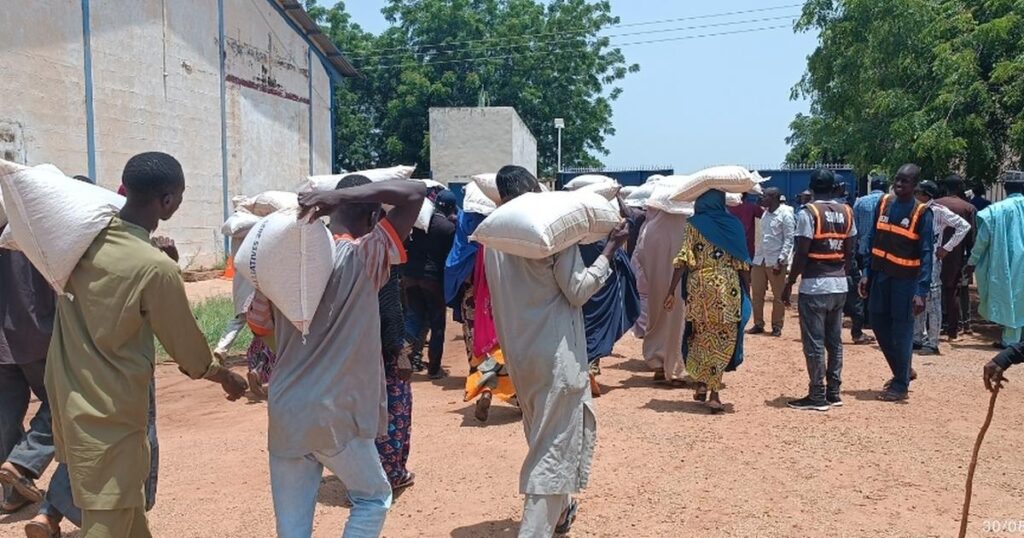In parts of the world, annual floods are a common occurrence. The extent of floods and their associated impacts have often been influenced by human habitation, land-use practices, and climate change. It has also been a widespread environmental hazard in Nigeria, increasing in frequency and intensity over the past few years. The Nigerian government and various agencies have taken steps to predict and mitigate these disasters, but the country still grapples with the devastating impacts.
The frequency of flooding in Nigeria is not a new phenomenon. Major rivers such as the Niger and Benue, the creek states, the Lake Chad Basin, as well as Lagos and its surroundings, have frequently witnessed flooding. In 2022, for instance, flooding incidents in Nigeria resulted in the loss of over 600 lives and displaced 1.3 million people. Valuable farmlands and crops worth billions of naira were washed away, gravely impacting the country’s agricultural sector. As the 2024 rainy season begins, residents and motorists in several parts of Lagos and Ogun states have been stranded due to hours of heavy rain, with major roads being overrun by floods, causing major disruptions. The economic consequences of flooding in Nigeria extend beyond direct losses. The floods of 2022 and 2023 have contributed to the current food inflation and hunger ravaging the country, alongside harsh government economic policies and issues of banditry/terrorism.
At the start of 2024, authorities like the Ministry of Aviation and Aerospace Development, the Nigerian Meteorological Agency (NIMET), and the National Emergency Management Agency (NEMA) convened to outline the Season Climate Prediction (SCP) for the year. The SCP provides an outlook on weather patterns and their potential implications for agriculture, aviation, disaster management, and flooding. Professor Terlumun Utsev, the Minister of Water Resources and Sanitation, revealed the Annual Flood Outlook (AFO) 2024, indicating a high likelihood of flooding in 31 states. Only five states – Abia, Enugu, Ekiti, Gombe and Zamfara, and the Federal Capital, Abuja – are excluded from the prediction. However, it is important to note that no location is entirely immune from flooding. The AFO identified 249 local government areas (LGAs) likely to be affected by flooding, with 148 classified as High-Risk Areas (HRAs). This categorisation suggests a significant potential for loss of life and property.
There are numerous causes of flooding in Nigeria. Key factors include geographical location, climate change, poor urban planning, and inadequate infrastructure. Nigeria’s geographical location exposes it to high rainfall, especially in the southern parts. This, combined with the country’s extensive river network, increases the risk of flooding. Climate change has led to unpredictable weather patterns, including increased rainfall and rising sea levels, contributing to flooding. Poor urban planning and inadequate infrastructure, such as drainage systems, further exacerbate Nigeria’s flood vulnerability. Unchecked development in flood-prone areas and insufficient waste management practices often lead to blocked drainages, causing floodwaters to overflow into residential and commercial areas. Flooding is also exacerbated by certain man-made activities, such as the release of water from the Lagdo Dam in Cameroon, which wreaked havoc across Nigeria in 2023.
Disaster risk management professionals have recommended that the Nigerian government implement several measures to manage the recurring crisis. One proposed measure is dredging major rivers and creating a national action plan against perennial flooding. Regular dredging would solve the annual displacement of people from their homes and the destruction of their livelihoods. This requires collaboration between the federal and state governments and citizens alike. There’s a need for improved disaster preparedness and response measures in Nigeria. The National Emergency Management Agency (NEMA) has begun implementing proactive measures for 2024 to reduce the impact of climate-related disasters like flooding. The agency plans to map vulnerable communities based on the Season Climate Prediction (SCP) and Annual Flood Outlook (AFO) predictions, enhancing and strengthening the enlightenment campaign in critical states. The government has a vital role in providing the necessary infrastructure and services to mitigate the effects of flooding. This includes providing shelters for displaced persons, ensuring continued access to education and healthcare services during displacement, and implementing measures to protect smallholder farmers who may be adversely affected by floods. Despite the recurring flood disasters, Nigeria is making strides in managing and mitigating the impacts of these crises. But more work is needed. With proactive measures, collaboration across all levels of government, and the involvement of non-governmental organisations, Nigeria can weather the storm and reduce the devastating impacts of flooding on its people and economy.



